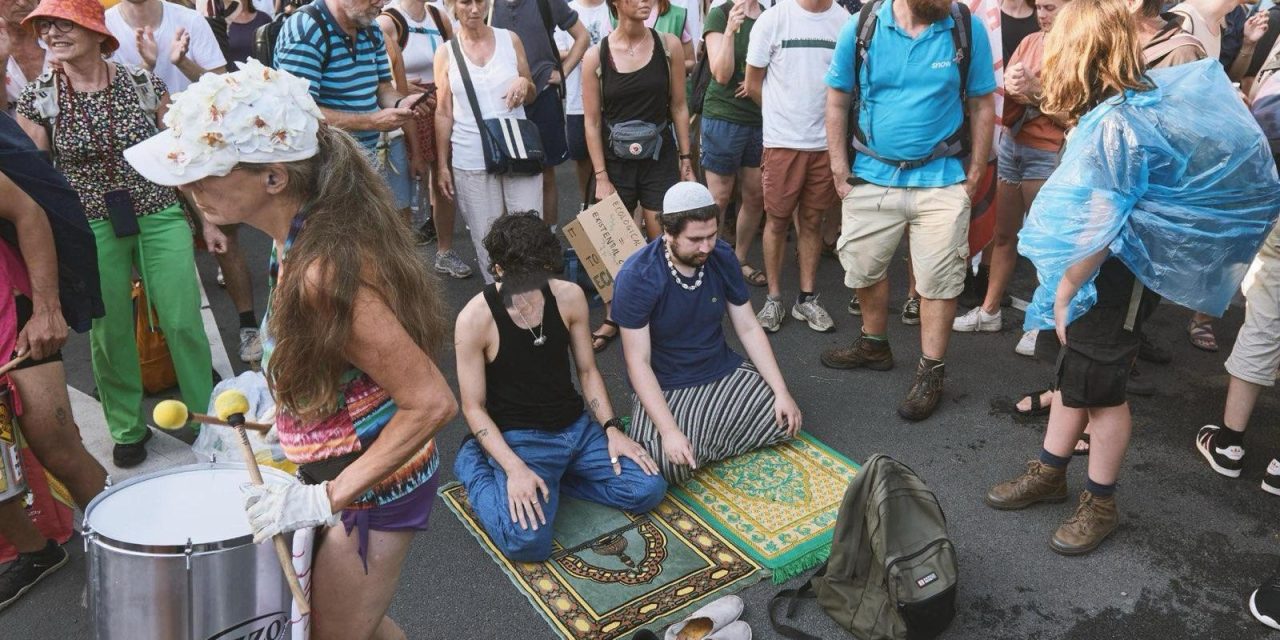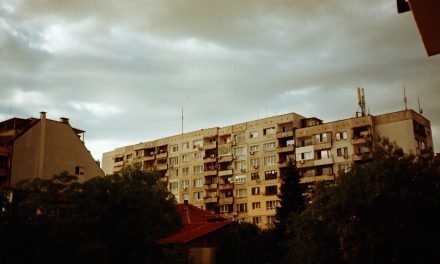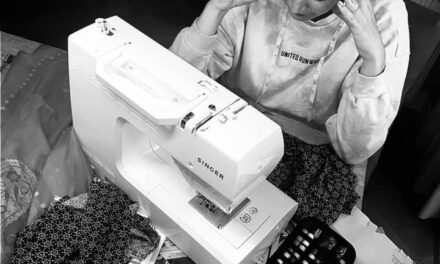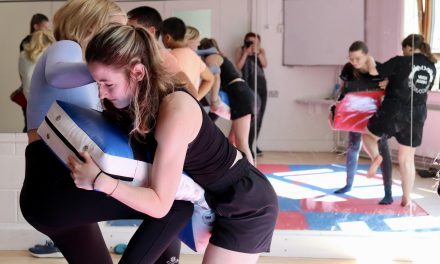It was Gandhi who started the form of non-violent activism. He is said to transform Christian love into social change. Today, the world is demonstrating against war, laws, and climate change. But what happens when somebody rolls out a prayer mat during a climate change demonstration?
Non-violent protest, often called non-violent resistance or civil disobedience, has been a common way for society to make their voices heard and achieve political goals. According to the politics of non-violent actions by Gene Sharp, there are about 189 different ways in which a group can protest non-violently
One example is the daily pro-Palestine demonstrations at Amsterdam Centraal. Every day from 7-9, a group on Instagram called Kolna.falasteen organizes a small demonstration. The organisers dressed in neon yellow jackets, hand out huge flag poles to those standing around. On the ground, a Palestine flag is laid out. A car is covered with a white cloth on which videos and news of recent events in Gaza are shown. People chant Viva la Palestine. From afar, the sea of flags makes the demonstration look huge. Sometimes, the situation gets heated when demonstrators do not feel taken seriously by those passing by. Here, the organiser quickly reacts and acts as a facilitator. Hands are shaken, and calming words are exchanged. The police only drive by once at the very beginning.
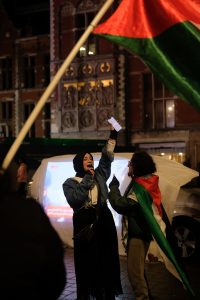
Demonstrators at a pro-Palestine demonstration in Amsterdam. Picture credit: Lissy Roentzsch
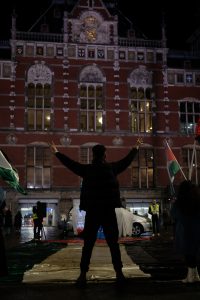
This is a contrast to bigger climate demonstrations, especially during the high- and low-risk actions where demonstrators clash with the police. It was on one of the A12 actions where Aslan rolled out a prayer rug. (this is an action name; for safety reasons, his real name will not be revealed)
He is the first person in Extinction Rebellion Netherlands who has been trying to form a sub-group within the movement. “I want to advocate for the Muslim community within XR.” His goal: two rows of 10, both men and women, praying during an A12 demonstration. Currently, the group consists of maybe 10 to 15 people from all over the Netherlands. “Often, the religion clashes with the political ideals. They then sort of lose both,” Aslan explains.
For him, it doesn’t matter whether the pray-in is on the A12, which is a higher-risk action, or in the supporting demonstration. Other people within the group do care about it. As in Islam, a prayer is not broken even if violence is inflicted on the praying person. This proposes a high vulnerability.
“It’s about the place where you pray, which makes it an activistic action. Aslan states I want to show we do not need a mosque and that praying is a form of movement, too. As a form of movement, he refers to both the moving of the crowd and the climate movement. He then adds, “It’s up to XR and the police how they react to it”
It highly depends on the individual you ask if praying during a demonstration is a form of activism or representation. But it isn’t uncommon for people to pray out in the open; historically speaking, it isn’t unusual to use a pray-in as a form of non-violent demonstration.
